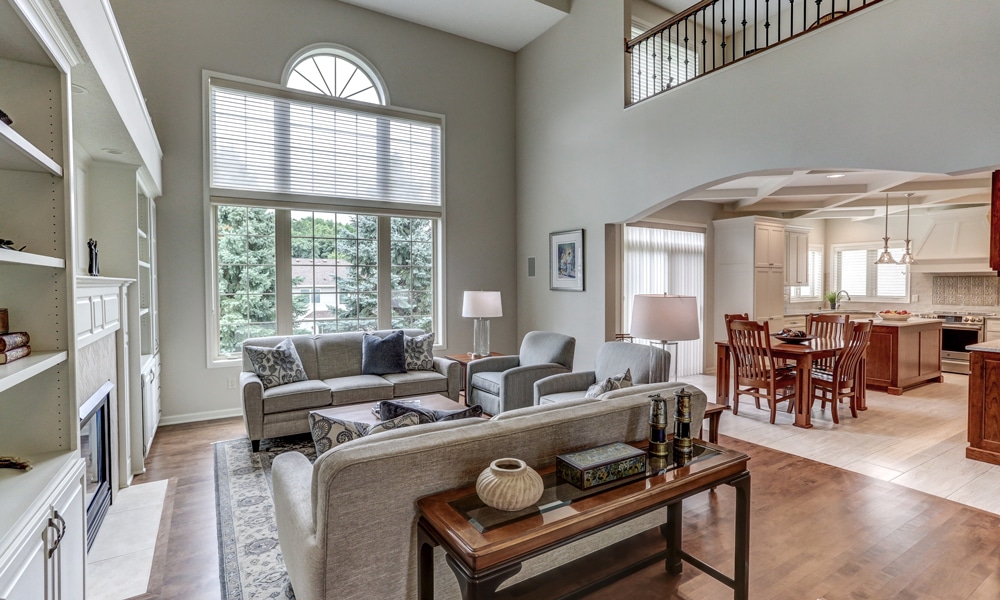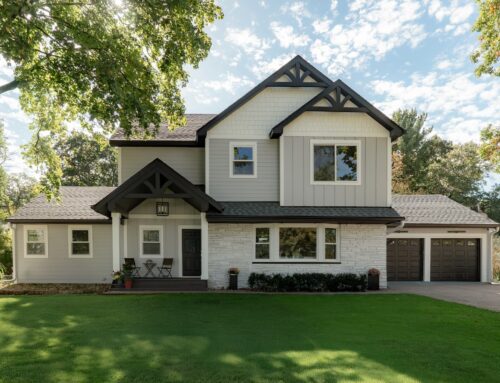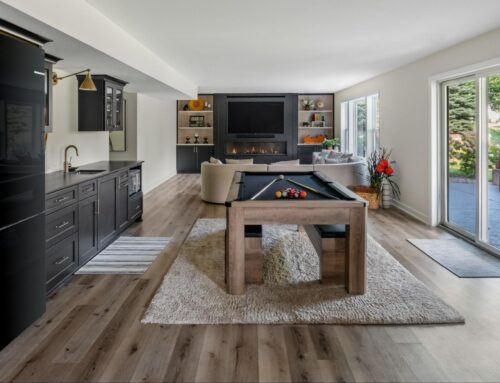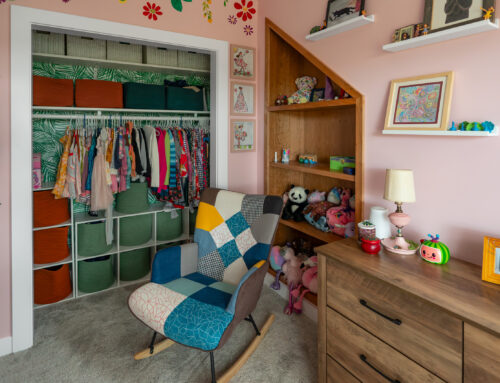If you’ve ever walked into a home that immediately feels compartmentalized and claustrophobic, you can understand why so many homeowners opt for an open floor plan.
Having a multifunctional open floor plan on the main level of your home creates a feeling of space, light and freedom of movement that’s hard to replicate when rooms are separated by walls. Further, the great room concept typically fosters better traffic flow, ease of entertaining, a wealth of natural light and opportunities to decorate with otherwise unwieldy statement pieces. It also turns your kitchen into a focal point — a bonus for people who like to cook, eat and drink as they interact with family members and entertain.
“For the vast majority of homeowners, an open floor plan is highly prized when shopping for a new house, and creating an open floor plan is a major reason why people undertake major remodeling projects,” writes Lee Wallender on TheSpruce.com. “(They) allow for individual activities and social togetherness to coexist … and for entertaining, the kitchen, dining room and living room blend together into one large party space.”
If your house has good bones but you’d like to remove some walls to create a more functional great room area, consider the following tips.
- Evaluate whether interior walls are load-bearing; if so, they can’t be feasibly removed without structural intervention. A professional should handle the job, since failing to correctly remove such walls could lead to sagging ceilings, unleveled floors, plaster or drywall cracks, sticking doors or worse. Start by consulting with an architect or engineer (cost: about $100 to $150 per hour) to hear his or her plan for calculating weight loads and providing alternate structural support during and after your renovations. Following those instructions, a skilled contractor can then install a structural beam, a beam-post combination or a combination of the two to replace the wall; note that the beam will likely be lower than your existing ceiling. Your plumbing and ventilation systems may need revisions as well. Bottom line: The cost of removing and revising a load-bearing wall could run from $500 to $4,000.
- Depending on where they’re located, you may wish to turn your beam and post structures into half walls or “pony walls” that maintain the visual openness of the room on the top half while providing visual dividers halfway up. Non-weight-bearing half walls can also be added to suggest different functions for different parts of your great room. Some people opt to install breakfast bars, cabinetry or shelving into half walls for more functionality while others add lighting and additional electrical outlets.
- Non-load-bearing walls are much easier to remove, especially if they house no plumbing pipes. You or your contractor will need to demolish the drywall and studs, reroute any electric lines, build chases for any hidden HVAC ducts, patch your flooring and paint your ceiling where the wall was attached.
- Decorating an open-concept main floor can take some planning, since uncoordinated décor items can be visually confusing. Think in terms of large-scale decorations instead of small and fussy pieces; coordinate colors throughout; be careful not to overwhelm the space with dark colors and be strategic about furniture placement, advises HGTV. “When square footage allows, consider a floating space plan in which the furniture is positioned away from the walls and centered around a focal point, such as a fireplace,” recommends a recent article.
Have additional questions about creating an open concept design in your home? Call the specialists at Titus Contracting (952-746-7817) to learn how our designers offer in-home consultations and create custom concepts for each client.










